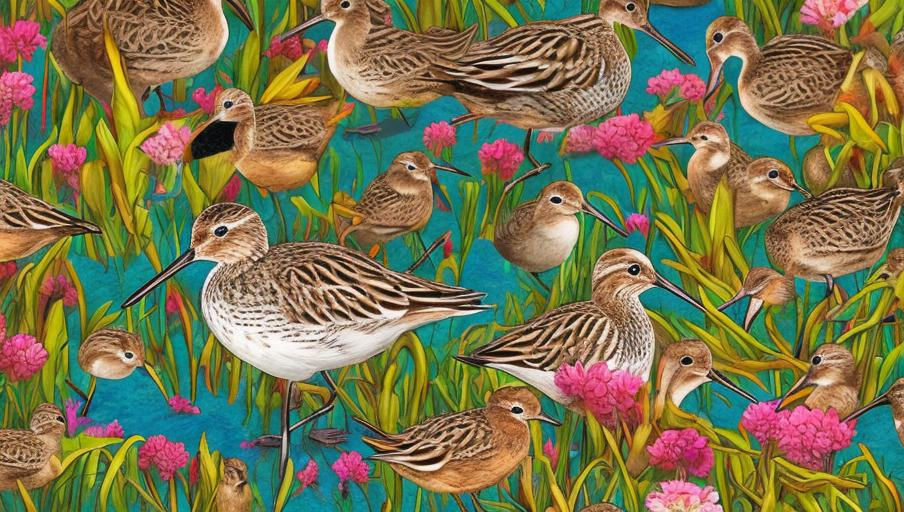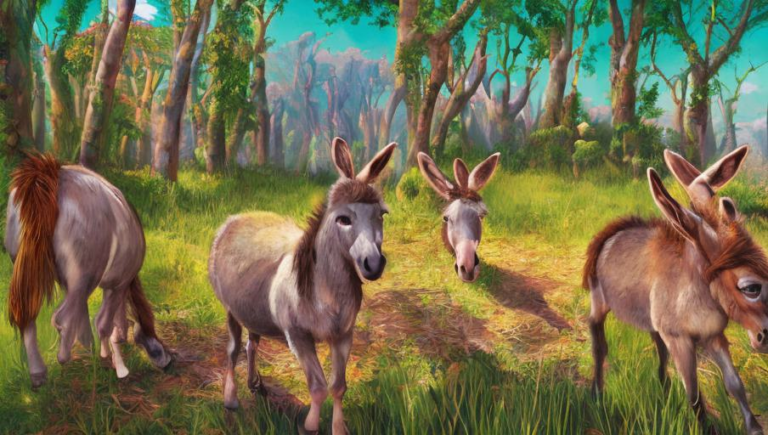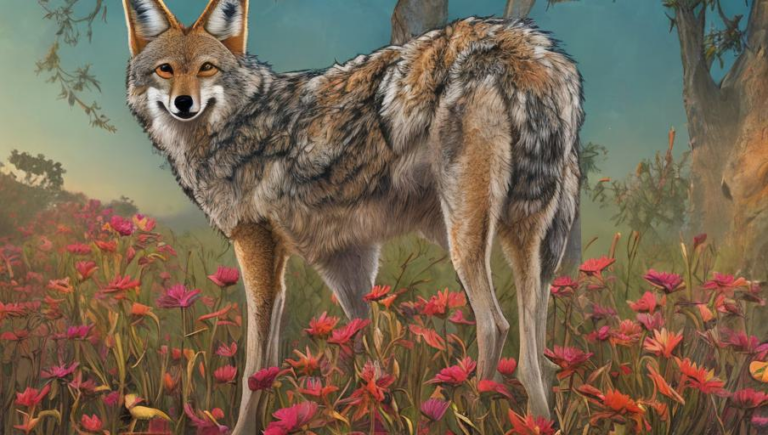Unique Adaptations of the Dunlin

Unique Adaptations of the Dunlin
The Dunlin is a small wading bird found on coasts and in wetlands around the world. This species is incredibly adaptable and can thrive in a wide range of habitats, from the Arctic tundra to California estuaries. While they can be found in many different places, they all share certain adaptations that help them survive in their environment.
Size and Coloration
The Dunlin is a small bird, about 8 to 10 inches in length. Their wingspan is usually between 12 and 16 inches. They have a brown, black, and white mottled pattern on their feathers, helping them blend in with the shoreline. This pattern can change slightly depending on the season, with the Dunlin’s feathers becoming a bit lighter in color during the winter months.
Flight Pattern
The Dunlin is known for its distinctive flight pattern, which is a combination of short bursts of fast flapping and long glides. This allows them to cover long distances with relatively little effort, and they can often be seen flying in large flocks. This flight pattern also helps them escape predators, as they can quickly change direction and fly away in the opposite direction.
Feeding Habits
The Dunlin feeds mainly on small invertebrates, such as insects, crustaceans, and mollusks. They will also sometimes eat small fish, worms, and other aquatic organisms. They use their long bill to search for food in the mud and sand, probing into the substrate to find their meals. They will also sometimes forage for food on land, eating seeds and other plant material.
Nesting Habits
The Dunlin typically nests in shallow depressions on the ground near wetlands and estuaries. The female will lay a clutch of three to five eggs, and both parents will incubate them for about three weeks. The chicks are able to fly about three weeks after hatching, and the parents will stay with them for a few weeks after that before they disperse.
Migration and Survival
The Dunlin is a migratory bird, and they will fly south during the winter months to find food and warmer temperatures. They will often return to the same nesting sites each year, and they can live up to 10 years in the wild. This species is also quite resilient, and they have been able to adapt to changes in their environment, such as rising sea levels or alterations in their habitat.
The Dunlin is an incredibly adaptable species, and they have developed a variety of unique adaptations that help them survive in their environment. From their mottled coloration to their distinctive flight pattern, the Dunlin has become a master of adaptation in order to survive in their changing world.





